What Biden’s win changes for Americans, China, and the environment
Americans who cast their ballots for Democratic presidential candidate Joe Biden did so for varying reasons. Some were simply fed up with the current White House occupant; others were concerned for the fate of democracy itself, and still others were channeling a more hopeful view of the future.
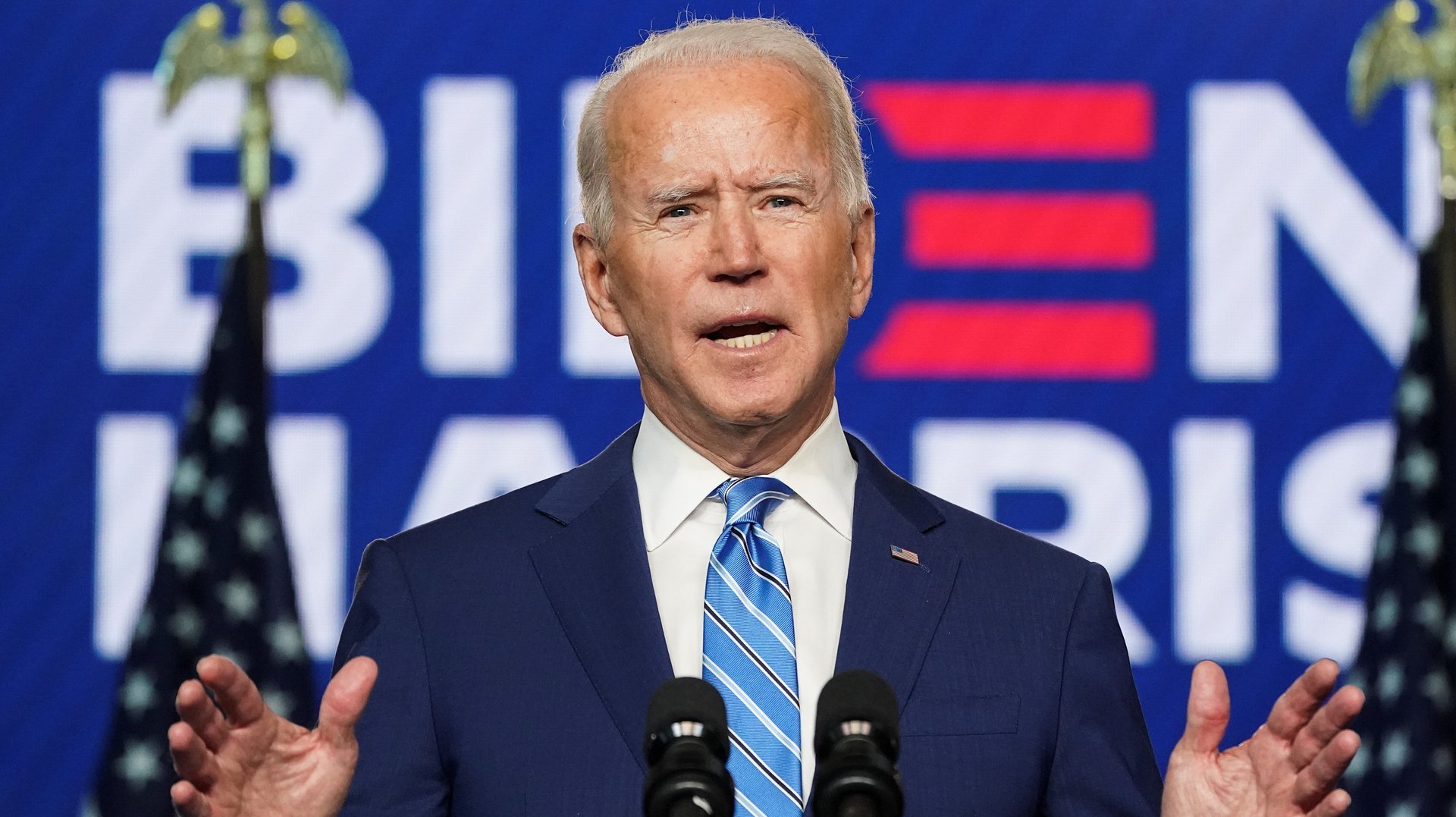

Americans who cast their ballots for Democratic presidential candidate Joe Biden did so for varying reasons. Some were simply fed up with the current White House occupant; others were concerned for the fate of democracy itself, and still others were channeling a more hopeful view of the future.
Either way, the defeat of Donald Trump promises a wave of policy rollbacks and reversals by the former US vice president and Delaware senator.
Having averted another four years of Trump’s restrictive immigration policies, destructive environmental choices, and isolationist approaches to matters of global concern, America now has a chance to restore trust in the United States and its institutions. But first it must tame an out-of-control virus and come up with enough federal aid to prevent a double-dip recession.
What can Americans, and the world, expect from a Biden administration? Read through our guide to key issues, or click on the links below to jump to specific sections.
The issues
The Covid-19 response • Immigration • Healthcare • Regulation • Climate change • The US Supreme Court • Paid family leave • International relations • China
The Covid-19 response
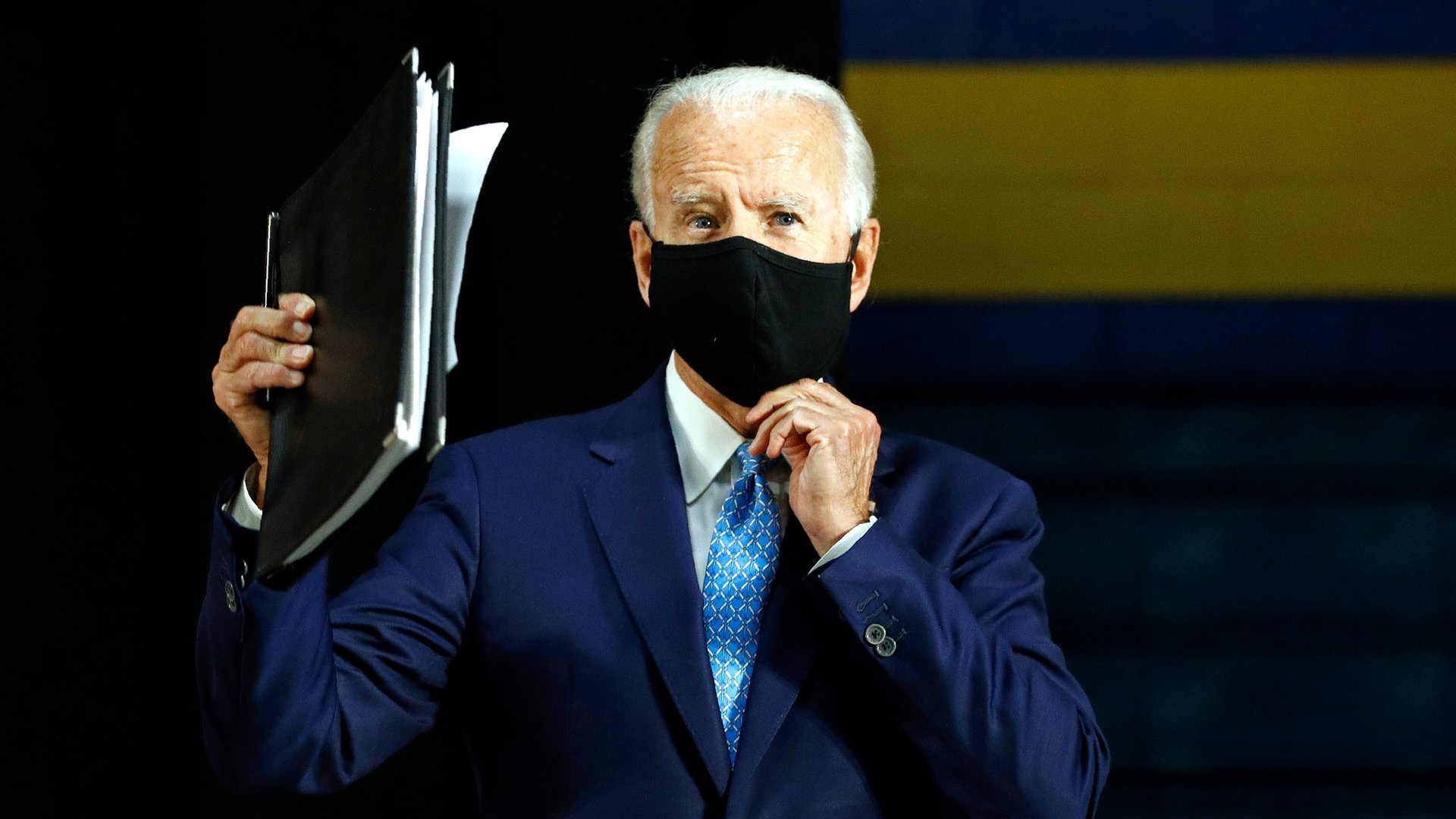
During a campaign marked by the Covid-19 pandemic, Biden positioned himself as the pro-science choice. He expressed his support for investment in research and in public health agencies, garnering endorsements from science-focused organizations that rarely weigh in on such matters, such as Scientific American and Nature.
Biden’s Covid-19 science-backed policy reflects his willingness to listen to experts. With many fearing US cases will rise further this winter, Biden has called for a national mask mandate, as well as widespread testing. He also has called for daily Covid-19 briefings and an effort to end the plague of misinformation stymying efforts to keep the virus at bay.
In short, Biden would offer national guidelines to combat the virus, something that many experts say has been missing since the pandemic began.
Immigration
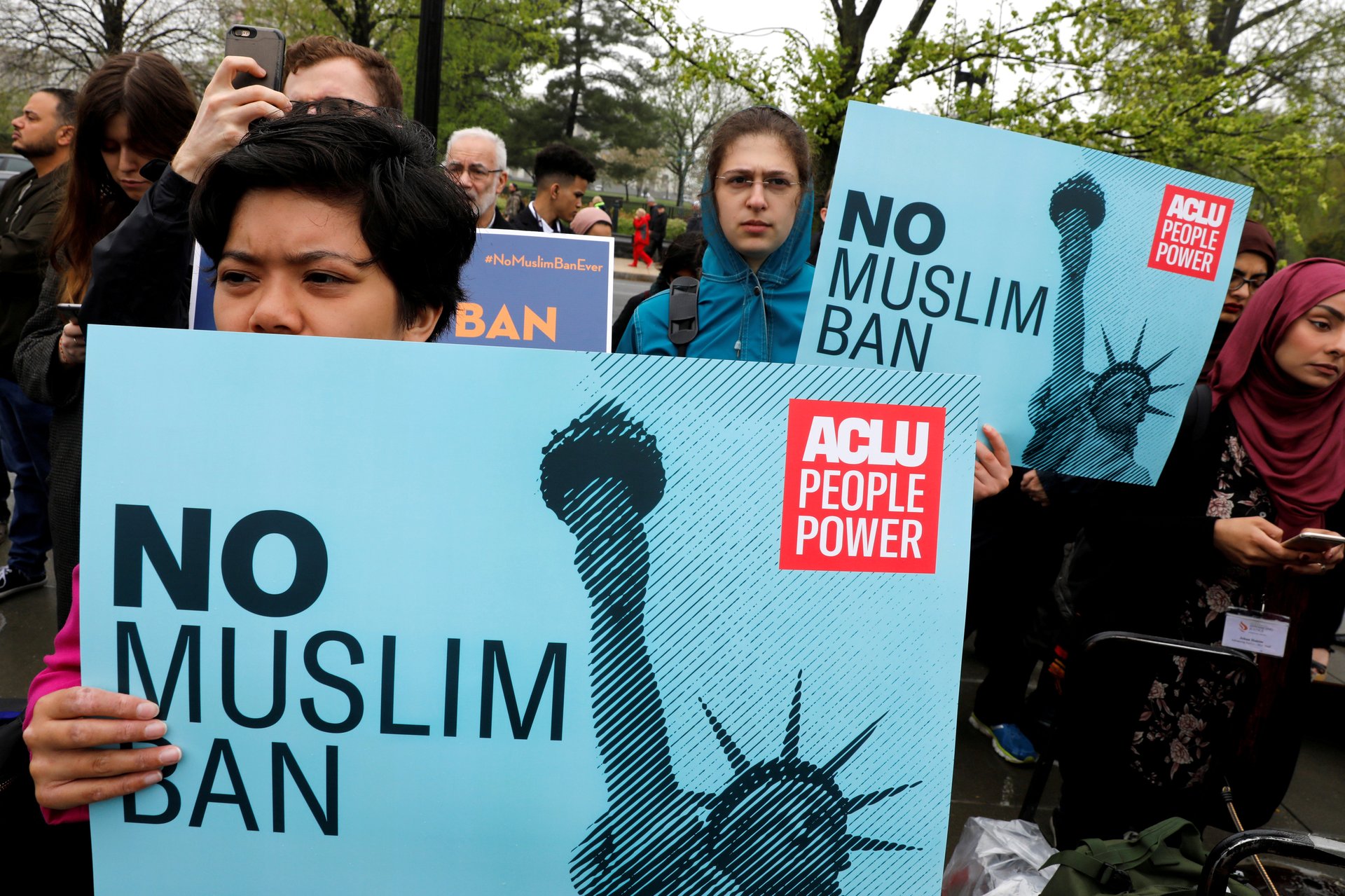
After four years of war on immigrants—whether with legal status or undocumented—under Trump, Biden will have a lot to do (and undo) when it comes to immigration.
He has already proposed to quickly end family separation at the US southern border, to reinstate DACA, cut funding to the US-Mexico border wall, halt the so-called Muslim travel ban, and restore the naturalization process. Biden also has said he will increase the number of refugees admitted to the US (the Trump administration cut the refugee program to its historic low), restore asylum rights for victims of domestic violence, and invest in more effective border screening and immigration processing.
Reflecting a dramatic shift of framing of immigration, Biden’s program replaces the Trumpian xenophobic rhetoric with John F. Kennedy’s idea of America as a “nation of immigrants.”
Both from a social and an economic perspective, Biden has much to gain by opening the country to more immigrants. His platform promises to continue on the path that had been laid out by Obama, bringing forward proposals that had been included in the 2013 bipartisan immigration reform package that never made it to a vote in the then-Republican House. A key provision of that bill was creating a path for undocumented immigrants who had been living and working in the country to gain legal status.
Between the previous current administration’s restrictions and the ones imposed by Covid-19, things could hardly be in worse shape when it comes to immigration. This sets up some relatively easy wins for Biden, as there is tremendous scope for improvement.
Healthcare
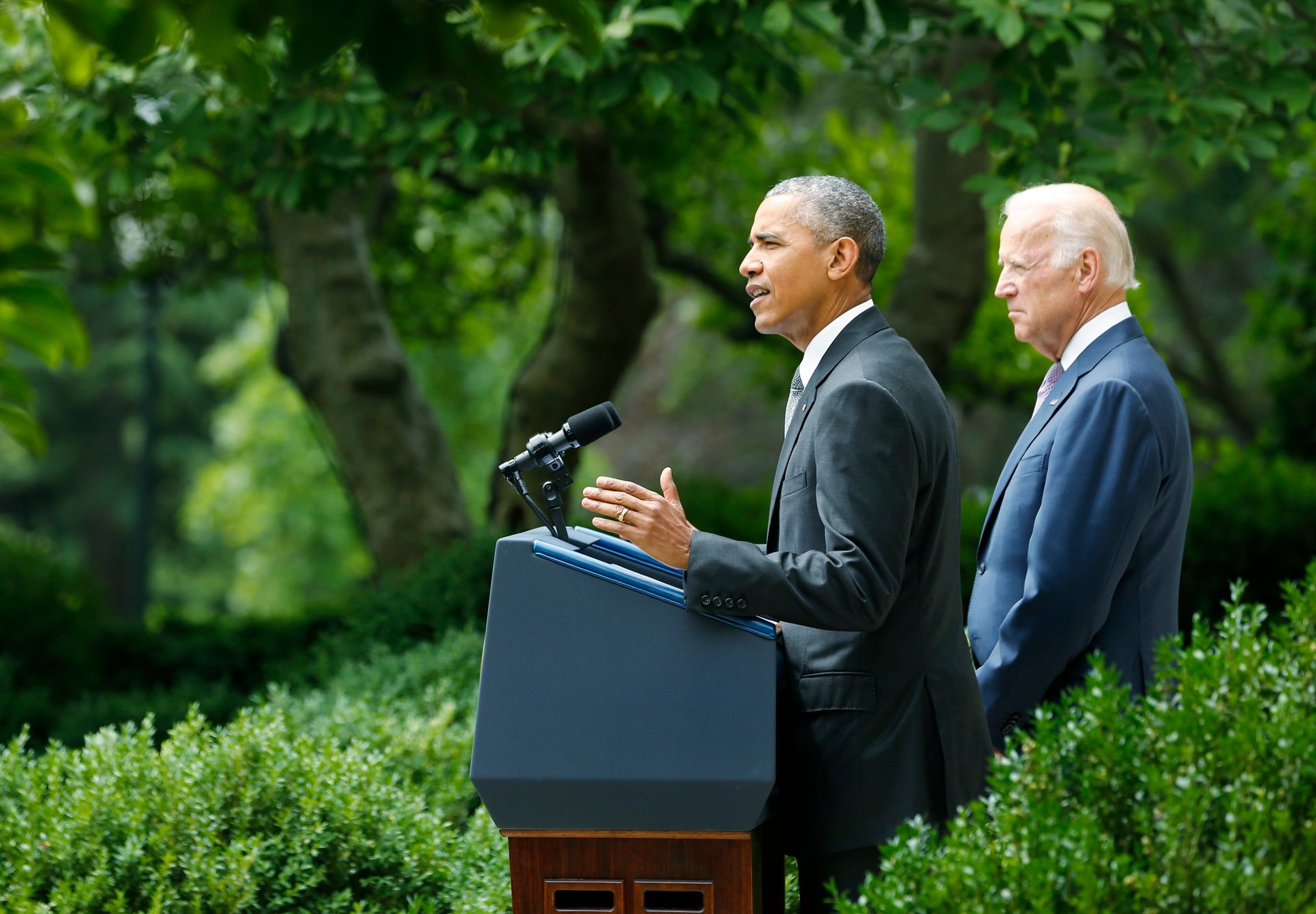
The Affordable Care Act was arguably the biggest achievement of Obama’s presidency, and Biden has no intention of moving away from its provisions, even as the ACA faces challenges before the Supreme Court.
Biden has promised other changes though, including a ban on surprise billing—the practice by which hospital patients may discover after discharge that although their stay was covered by their insurance, some of the practitioners were not. He also has proposed changes in drug regulation that should help lower costs. For instance, he says he will allow international purchases of prescription drugs, and will impose price limits for new drugs.
During the Democratic primaries, Biden strongly opposed Medicare for all, and defended maintaining access to private policies. He’s sticking with that, although his program includes giving Americans the option of buying into a public plan, similar to Medicare, just like they currently buy into commercial plans. Biden also pledged to increase the tax credits for insurance purchases in the Obamacare marketplace, bringing the maximum an individual or family can pay in health insurance to 8.5% of their income (it’s currently at 9.86%).
To make up for the states that did not adopt a Medicaid expansion, Biden plans to make broader access to the low-income health coverage a federal policy: All Americans who would be eligible for Medicaid through the expansion will be able to sign up for premium-free public policies.
On abortion, Biden stands ready to reverse the Trump administration’s anti-choice policies. He would restore federal funding to Planned Parenthood, and repeal the Mexico City Policy, which bans US government funding for international aid organizations that so much as offer counseling on abortion. Biden also promises to codify Roe v Wade, making it a federal law, as Elizabeth Warren had proposed during the primaries. This would protect the right to abortion from being subject to state limitations and a possible Supreme Court revision of abortion rights.
Among other reforms, Biden has stated support for mental health parity—that is, equating mental health treatments to other kinds of medical treatments. This will prove especially important as the nation deals with the worsening of the addiction crisis and the general economic and psychological distress of the pandemic.
Regulation
In 2016, Trump ran on a promise to eliminate regulations from the US government agencies, and on that, at least, he has delivered. His deregulatory agenda has rewritten or eliminated hundreds of rules that cover everything from the flying of drones to the protection of federal land in Utah from oil and gas drilling. According to one estimate, the Trump administration has either rolled back, or is in the process of rewriting, nearly 100 environmental regulations alone.
Biden says he’ll reverse Trump’s rollbacks. In some cases it might mean directing his Justice Department not to fight legal challenges to those rules changes brought by environmental and social justice groups. In other cases, where the Trump administration hastily reversed an Obama-era regulation, the new administration can simply update the rule, using the evidence gathered during the Obama administration to justify why it is still necessary.
There is another option for undoing Trump’s handiwork if Democrats also capture the Senate and hold onto the House: the Congressional Review Act. Created in 1996 as part of Newt Gingrich’s Contract with America, it serves as an express lane for killing newly created rules and regulations if Congress and the president agree. The rule was rarely used until 2017, when Trump and Congress used it to wipe out at least 14 Obama-era regulations. The trick is that it can only be used for rules issued in the previous 60 legislative days. Depending on the calendar, it could be deployed to reverse last-minute Trump maneuvers.
Proactively, you can expect the Biden administration to take a firmer hand with banks and Wall Street, and to beef up the Consumer Financial Protection Bureau. For example, look for a Biden administration to restore a CFPB rule that required payday lenders to verify borrowers had the ability to repay, a provision stripped out by the Trump administration.
On regulating Big Tech, Biden hasn’t committed to breaking up companies like Alphabet and Facebook; he says it’s a last resort and only after an investigation. Like Trump, he has called for revoking Section 230, the controversial rules that shield social-media platforms from liability. But unlike Trump, Biden argues companies need to more closely police speech on their sites.
Climate change
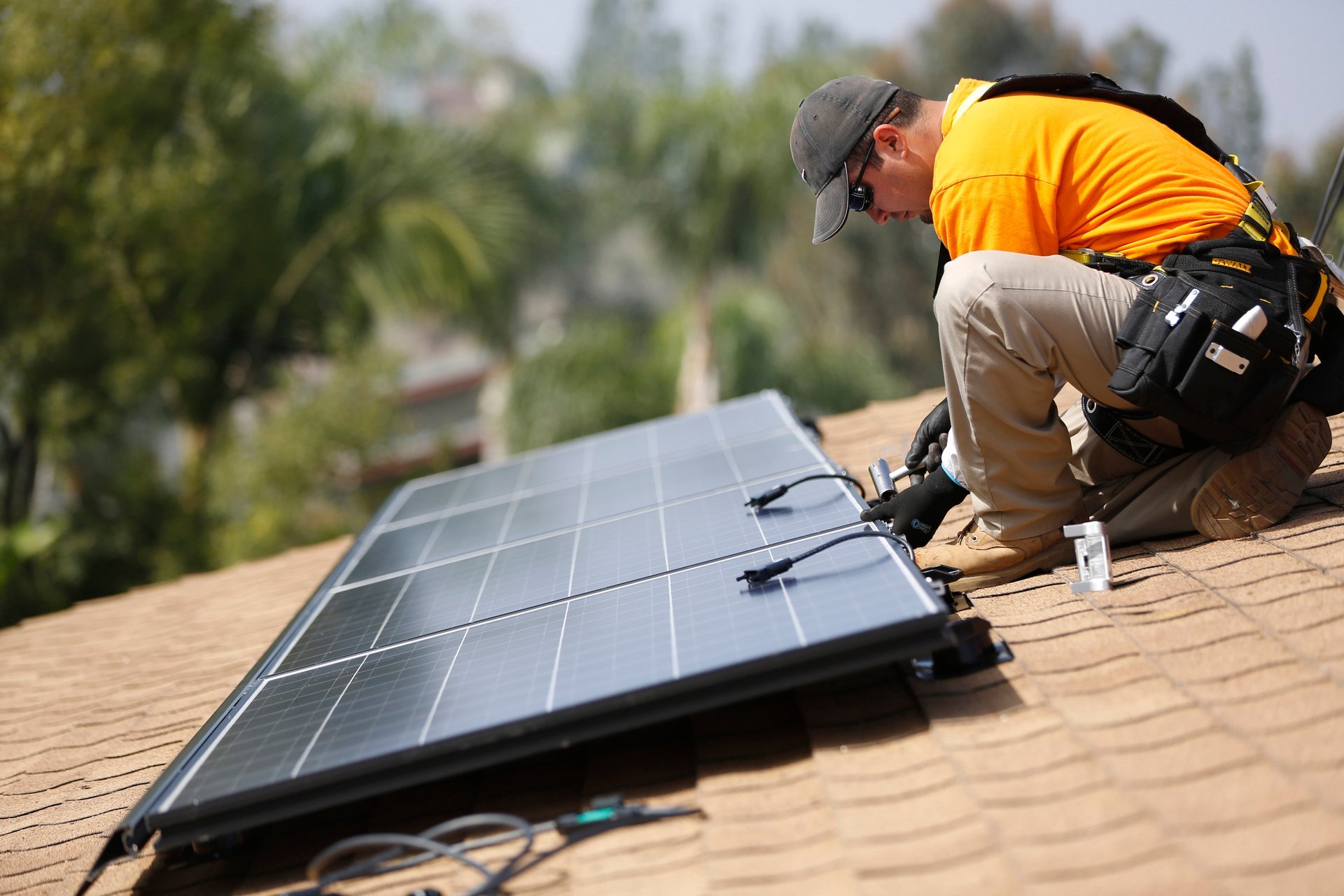
Biden’s presidency will represent an almost total reversal of the White House’s recent approach to climate change. Biden has consistently framed climate change as not only real, but a central facet of how his administration will handle issues of the economy, foreign policy, national security, and social justice.
Over the next four years, he is likely to give a big push to clean-energy industries, dial down support for fossil fuels, set new mandates for emissions reductions, overhaul how FEMA and other agencies help Americans adapt to climate impacts, and try to reassert the US as a credible, influential player in global climate diplomacy. (That process will likely start with rejoining the Paris Agreement, which the US officially departs this week, something Biden has promised to do on Day One.)
The next forum for climate action will likely be in pandemic stimulus measures. Up to now, these have heavily favored fossil fuels, but under Biden would likely shift emphasis to support clean-energy job creation and R&D, in support of Biden’s $2.2 trillion plan to decarbonize the electricity sector by 2035.
Biden also will reverse some if not all of Trump’s executive orders relating to climate and energy, most of which deal with deregulation and opening new areas for drilling. He plans to replace them with a slate of new orders to restrict methane emissions, clean up the government’s office buildings and vehicles, create a new climate justice office within the US Justice Department, build charging stations for electric vehicles, require public companies to disclose climate risks in their financial statements, and end new lease sales for drilling on federal land.
He also will likely direct the US Environmental Protection Agency to devise new regulation under the Clean Air Act to cap carbon emissions, set more aggressive standards for vehicle and airline emissions, and increase funding for disaster response, flood insurance, and protective infrastructure. Notably, he will not “ban fracking;” if anything, natural gas is likely to get a boost as Biden pushes to phase out coal and oil.
The US Supreme Court
It’s hard to say how many vacancies Biden is likely to get the chance to fill on the US Supreme Court. The oldest justice, Bill Clinton-appointee Stephen Breyer, is 82, followed by Clarence Thomas, who was appointed by George H.W. Bush and is now 72.
Whether Biden gets the chance to appoint new justices or not, Democrats appear fed up with the Republican Party’s arbitrary and hypocritical approach to putting Amy Coney Barrett on the Supreme Court a week before the election, after denying a hearing to Barack Obama’s final choice eight months before the 2016 election.
The current 6-3 conservative majority on the Supreme Court already has progressives worried about abortion rights and environmental regulation. If the justices continue to push a radical anti-voting agenda, threaten to roll back the basic powers of government regulation, or block legislation to fix 21st-century problems on 18th-century grounds, then the US may see Biden attempt to expand the size of the court.
Adding new justices to the Supreme Court is perfectly constitutional and has happened before, but it would represent a major change to a fundamental American institution. At the same time, the abandonment of Senate norms around judicial nominations and the flood of dark money into judicial politics has already undermined the legitimacy of the high court. As with the original episode of American “court packing,” when Franklin Roosevelt’s plan to expand the court led the justices to accept New Deal economic regulation, just the threat of changing the institution may be enough to result in better jurisprudence. Still, Biden is an institutionalist, and he instead may lean toward more subtle reform measures like new selection methods or 18-year term limits.
Paid family leave
In the context of a pandemic, it’s useful to note that economic levers are one of the best ways to support public health initiatives, and paid leave is among the most powerful among them. The US, unlike all other developed countries, does not have any federal permanent requirements for paid leave, which includes medical and family leave. But a sole breadwinner can’t afford to stay home if a family member becomes sick, or if health complications make them more susceptible to Covid-19. A parent without paid leave has to scramble for childcare if schools are closed. And the effects can ripple out: A person who has symptoms of Covid-19 and can’t sacrifice income may go to work and spread the virus to others.
A national paid leave policy, experts agree, would reduce the spread because people could stay home if they or a loved one felt sick, without sacrificing income. The first coronavirus stimulus bill included a paid leave policy, but critics say it didn’t do enough to protect workers because it excluded companies with more than 500 employees and allowed those with fewer than 50 people to opt out. Though cost often comes up as a reason not to have such a policy, states that have implemented paid leave policies have found them to not be burdensome.
“It’s not as if it’s some outlandish experimental thing and we don’t know if it will work. It’s a very obvious policy solution to a glaring policy problem that long predates Covid,” says Julia Lynch, a professor of political science at the University of Pennsylvania.
Biden, who has called for guaranteeing 12 weeks of paid family or medical leave, couldn’t put such a policy in place on his own—Congress would have to vote it into law. This could have been easy if Democrats had swept the presidency and both houses of Congress. But with Republicans clinging to a majority in the Senate, those hoping for a national paid leave policy may have to wait a little longer.
Repairing foreign relations
A president Biden is likely to be more focused on domestic issues than on foreign policy, at least at first. But dealing with China will be a key priority (more on that below).
Washington’s relations with Brussels will improve as the US and Europe work together on climate change, China, and Russia. Biden is in favor of increasing sanctions on Moscow, has championed the expansion of NATO as a buffer in the region, and promised to “make Ukraine a US foreign policy priority.” But expect colder relations with the UK over Brexit.
Biden’s historic ties to Latin America mean the region is likely to feature more prominently in his presidency than it did in Trump’s. Expect a return to Obama-style engagement with Cuba and Venezuela, efforts to combat corruption and violence in Central America, and a return to a more traditional US approach to immigration from the region.
The US’s Middle East policy is unlikely to radically change, save for cooler ties with Israel’s Benjamin Netanyahu and “maybe a tougher line on Saudi Arabia and Turkey,” says Ian Lesser, vice president of the German Marshall Fund of the United States, a nonpartisan think tank and grant-making group. But Washington’s approach to Africa will change, believes Theodore Murphy, head of ECFR’s Africa Program. “A Biden win may re-frame US-Africa relations away from Africa as a venue for China/US competition,” he recently wrote in a research brief.
Biden would focus on restoring America’s global leadership through alliances and multilateral institutions, notably seeking to rejoin the World Health Organization, the Paris climate agreement, and the Iran nuclear deal.
But anyone expecting a return to pre-2016 American foreign policy may be disappointed, writes Kadri Liik, a senior policy fellow in ECFR’s wider Europe program. “The instinct of many policymakers will be to try to restore the pre-Trump unity of views. However, the world has changed since 2016. This means that any new push to arrive at a common strategy will need to accept that the former international order is no more.”
For starters, a president Biden will continue to pressure European partners to increase their defense budgets and take more of a lead in NATO, as president Trump has done—albeit in more diplomatic ways.
China
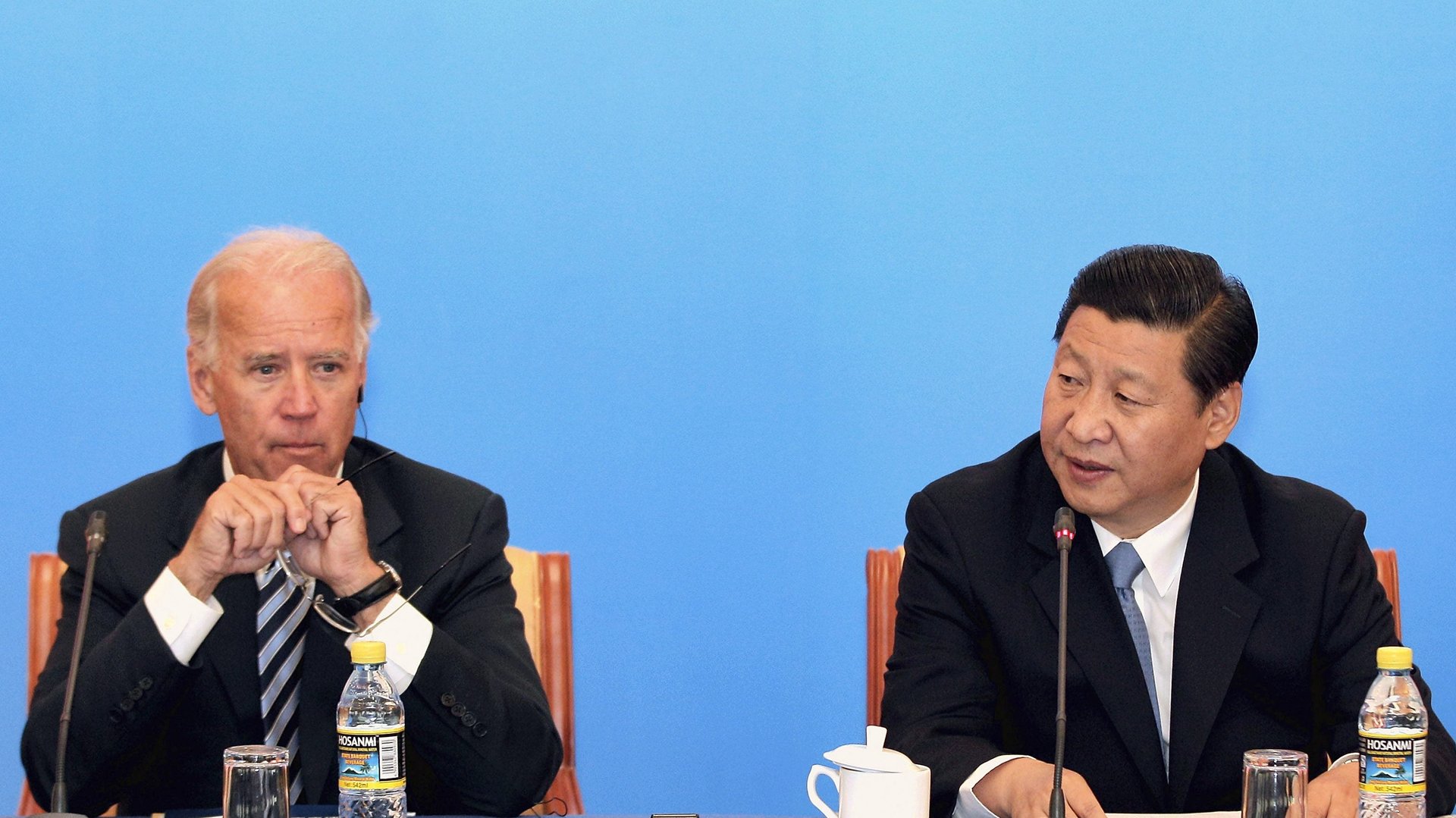
High up on the list for Biden as he considers a more aggressively competitive era of US-China ties will be to make use of Washington’s allies. That would mark a major shift from Trump’s dictum of “America First”—a strategy presented as prioritizing US interests, but which critics say instead morphed into “America alone.”
And an isolated US is just what China wants, says Emily de La Bruyère, co-founder of strategy consultancy Horizon Advisory. Regardless of who’s in power, she says, “Beijing will encourage divisions within the US, and the US splintering from its allies, and the US to turn inwards as much as possible.”
If Biden is able to influence global institutions and international alliances to strategically pressure China on issues like trade, Taiwan, and human rights in Xinjiang and Hong Kong, Beijing may find itself with less room to maneuver than under Trump’s unilateral actions and his transactional style of diplomacy. On Xinjiang, the Biden team has readily called China’s repression of Uyghurs a “genocide,” whereas the Trump administration has yet to do so, and has refrained from imposing broader sanctions on Xinjiang.
“You are going to need the entire international community to coordinate for things to actually have an impact on China,” says Samuel Chu, director of the Hong Kong Democracy Council, which lobbies Congress on Hong Kong-related issues. A Biden administration, he adds, would provide “some much needed international, multilateral clout.”
Read more of Quartz’s election coverage
- American democracy bent but it didn’t break
- The dystopian, Trumpian future narrowly avoided by America and the planet
- How Biden’s climate plan will work without a Democratic Senate
- What we know about Biden’s Day One agenda
- And more